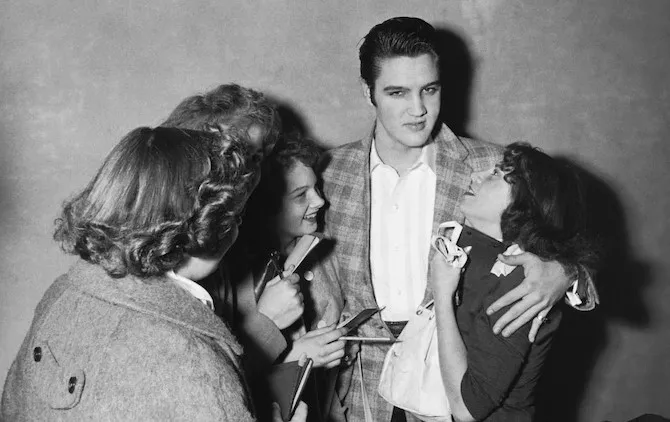"Don't," a song performed by Elvis Presley, is a poignant ballad that resonated deeply with audiences upon its release. Written by Jerry Leiber and Mike Stoller, this song emerged during a transformative period in Elvis's career, showcasing his ability to express vulnerability and emotional depth. This essay explores the historical context, content, and significance of each verse of "Don't."
Released in 1958, "Don't" marked a pivotal time in Elvis Presley's career. It was during this year that Elvis was drafted into the U.S. Army, an event that stirred considerable media attention and public curiosity. The song was one of the few he recorded during his time in the service, and it reflects a maturity that aligns with his personal experiences away from the public eye and the rock-and-roll scene. The year also coincided with a cultural shift towards a more introspective form of rock music, contrasting sharply with the rebellious tones of the early 1950s.
- First Verse:
- Lyrics: "Don't, don't, that's what you say / Each time that I hold you this way."
- Analysis: The opening lines introduce a narrative of forbidden love or a relationship fraught with hesitation. Elvis's use of repetition in "don't" emphasizes a plea, possibly from his lover, to refrain from getting too close, suggesting an underlying fear or a societal barrier to their relationship.
- Significance: This verse sets a tone of emotional restraint and introduces the central conflict of the song—love versus societal expectations or personal fears.
Elvis Presley - Don't
2. Second Verse:
- Lyrics: "When I feel like this and I want to kiss you, / Baby, don't say don't."
- Analysis: The second verse expresses the natural human desire to show affection and the frustration of being held back. Elvis's portrayal of longing is palpable, as he pleads for acceptance and the freedom to express his love.
- Significance: This plea highlights the tension between desire and restriction, a common theme in many of Elvis's songs, reflecting the conservative values of the 1950s that often clashed with the era's burgeoning sexual liberation.
3. Bridge:
- Lyrics: "Don't, don't leave my embrace / For here in my arms is your place."
- Analysis: The bridge of the song underscores safety and belonging, suggesting that true contentment and security are found in the unity of the lovers. Elvis invites his partner to disregard their fears and commit fully to the moment they share.
- Significance: By inviting his lover into his "embrace," Elvis challenges the norms and restrictions imposed on them, advocating for autonomy over one's personal choices and feelings.
"Don't" by Elvis Presley is more than just a love song; it is a narrative of emotional depth, personal struggle, and societal expectations. Each verse delves into the complexities of a relationship under scrutiny or constraint and reflects a universal theme of yearning for freedom in love. Through his poignant delivery and the heartfelt lyrics, Elvis not only captures the spirit of his era but also offers timeless insights into the human condition and the nature of intimate relationships. The song remains a testament to Elvis's versatility as an artist and his ability to connect with listeners on a deeply personal level.
